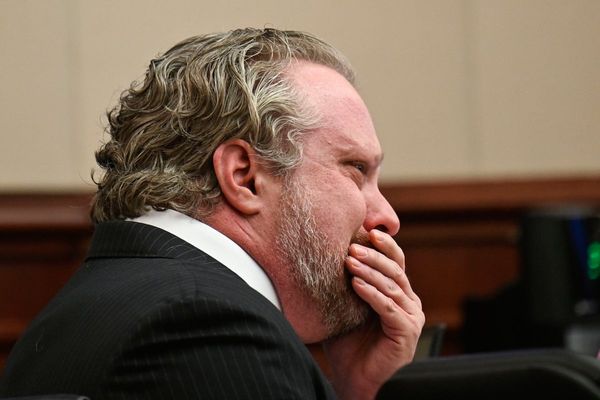Volunteers and rangers have cleared more than two tonnes of rubbish from the Wide Bay landscape, with a focus on cleaning up damaged Indigenous cultural sites, after floodwaters devastated the area in early 2022.
Locals have collected all sorts of litter, including tyres, tree branches and plastic bottles from the Bundaberg, K'gari-Fraser Island, Gympie and Fraser Coast regions.
The Marine Debris Clean-up Project was formed to help restore the environment after flooding caused by ex-tropical Cyclone Seth in January 2022.
Gidarjil Development Corporation project coordinator Des Purcell said the rangers had been targeting cultural sites in the clean-up.
"Gidarjil rangers have picked up roughly 306 kilos [of rubbish] in the last 12 months," he said.
"That's with the estuarine clean-ups that we've done across six sites in the Burnett River.
"Some of our cultural heritage sites for Aboriginal people are on the river, so we try and focus a lot of our clean ups with consultation through our elders.
"That's why we're doing these clean-ups in these specific areas — six sites because they're culturally significant to our people."
Plastic harming wildlife
Mr Purcell said plastic made up most of the rubbish — particularly bottles.
"It seems like it's not a lot," he said.
"But plastic bottles are not very big, and you can just imagine how many that makes up in kilos — a lot."
Mr Purcell said rubbish in the waterways had a major impact on the wildlife.
"We have a lot of turtles and dugongs and fish species," he said.
"A lot of these little plastics are being ingested [by these animals]."
Look after country for cultural connection
Mr Purcell said it was important to look after these cultural sites for future generations.
"We've got to show these young people of ours how to look after these sites and show respect on these sites," he said.
"So that cultural connection is still there to your country and not being left behind.
"Look after the country, our land and sea."
Mr Purcell said he personally found it very emotional to be involved in the clean-up.
"To clean up this rubbish and set that example and show future generations that we need to be caring," he said.
"It hits the heart."
Debris impact wildlife and humans
The Burnett Mary Regional Group has been leading the project to restore the natural environment and help out landowners.
Project officer Victoria Clarke said the marine debris and rubbish was spread across a large area.
"That not only affected the natural environment of the area, but it also decreased the beautiful aesthetic, and it really impacted farmers, businesses and local communities," she said.
"A lot of that litter was smothering crops and grassland that's utilised by grazing livestock.
"Before that recovery could begin for communities and businesses and the local environment, we needed to see that marine debris getting removed."
Work into the future
Ms Clarke said many community members were pitching in to get the job done.
"We're working closely with traditional owners of the region. We're working with community members, volunteers," she said.
She said the project would continue throughout 2023.
For Mr Purcell, restoring the natural environment was a continuous job.
"We also do [clean-ups on] the beaches," he said.
"I think we racked up, within the last 12 months, about 27 kilometres of coastline and roughly about 54 hectares of upper dune area as well.
"That's a lot of walking."







